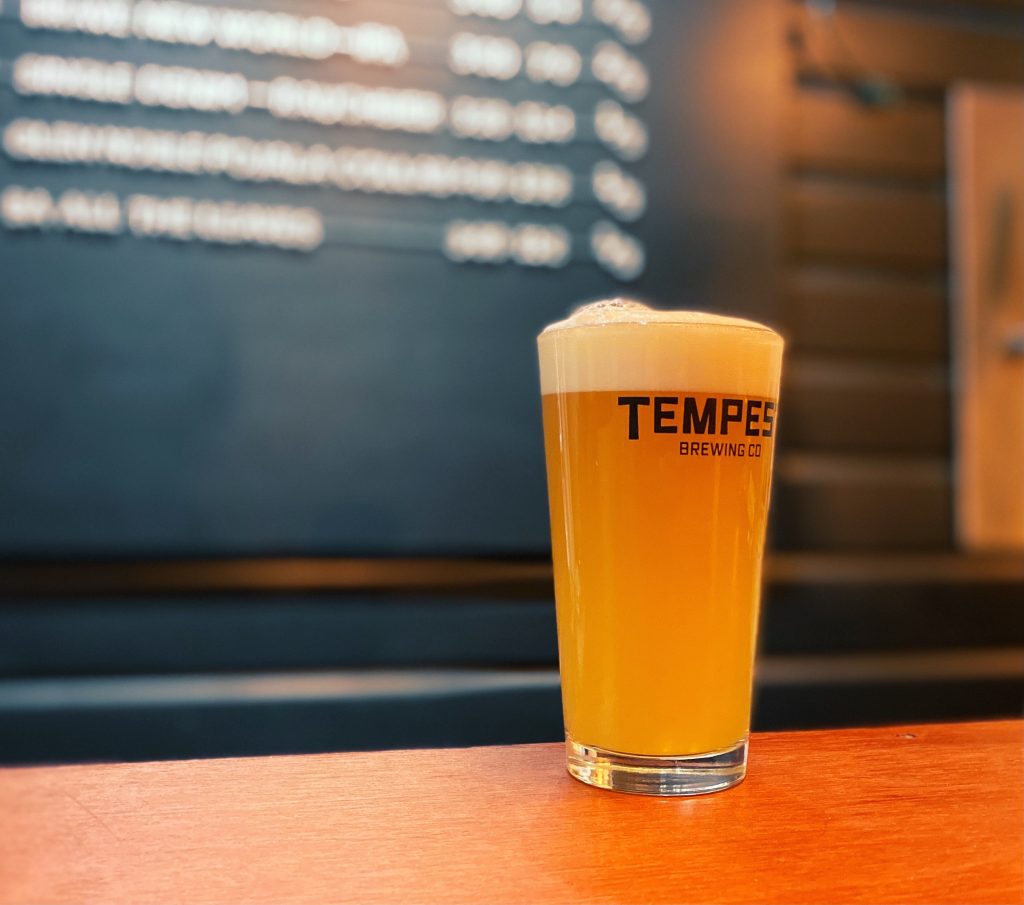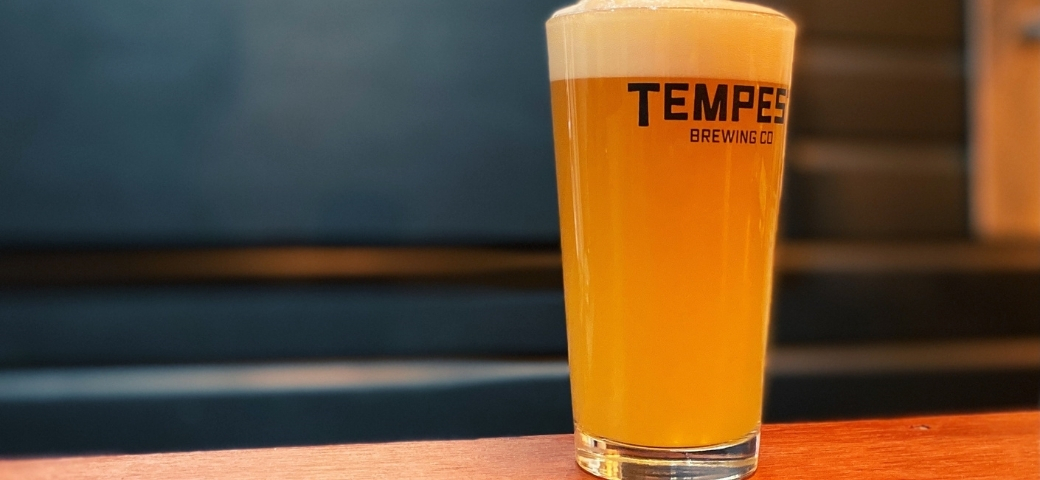The West Coast IPA is a popular beer style that burst onto the scene in the mid-2000s. It is renowned for its bright appearance and high bitterness generated by the hops and the point at which they are added in the brewing process.
Fancy brewing a West Coast IPA some time soon? If so, we’ve pulled together a few notes on the malts we can deliver to you to make this beer.
History of the West Coast IPA
The West Coast IPA is an American adaptation of the traditional India Pale Ale (IPA), which dates back to the 1780s and the height of the British Empire. You can read more about the history of the IPA here.
The style was largely forgotten by the late 19th century. But, in the mid-1970s, the IPA became prominent again. This was because American craft brewers were keen to recreate forgotten British styles, only this time using American hops. Thus, the West Coast IPA was born. The ‘West Coast’ name was attributed to it as they were predominantly produced by breweries in states on the Pacific Ocean coast. They used hops grown in those states, too.
The forefather of the West Coast IPA style is widely considered to be Fritz Maytag of Anchor Brewing Co. in San Francisco. By using the British technique of dry-hopping (adding hops as the beer is ageing as opposed to in the boil) and using Cascade hops, he produced Liberty Ale.
Fellow brewers and beer critics thought this pushed the limits of hop usage and bitterness. In fact, it was merely scratching the surface. Nowadays, Liberty Ale is deemed to be fairly moderate on the West Coast IPA scale. Over the years, drinkers’ acceptance of hops has continued to grow which, in turn, has dialled down the influence of the malt.
But that isn’t to say that the malt used in West Coast IPAs is not important, because it certainly is.
West Coast IPA vs NEIPA
More recently, the New England IPA – or NEIPA – has come onto the scene and knocked the West Coast IPA off its perch in terms of popularity. But how do the two styles differ?
Well, firstly, we’ll talk geography. As mentioned above, the West Coast IPA gained global popularity after originally being brewed in states on the Pacific Ocean coast of the USA. The NEIPA originated on the opposite side of the country, in Vermont, a small state in the New England region of the USA.
As for the brewing process, while they are both IPAs, there are some distinct differences – most notably around the point at which the hops are added.
As Brewing Manager at Firestone Walker Sam Tierney explains in a recent blog, in West Coast IPAs, hops are usually added to the kettle throughout the wort boil. This extracts a range of bitterness and flavour. With NEIPAs, they are usually brewed with most or all of the hops added to the whirlpool after boiling is complete.

This helps to give the West Coast IPA its bitter bite, while giving the NEIPA its floral and fruity aromas and flavours. These sweeter, juicier flavours of the NEIPA have appealed outwith traditional craft beer drinkers. This is why the style’s popularity has sky-rocketed.
Appearance wise, there can also be some differences. West Coast IPAs tend to be paler, while NEIPAs are hazier, resembling the appearance of a fresh fruit juice. The reason for the haziness is an increased use of higher-protein grains like wheat and oats and high rates of hop additions.
So, we’ve talked quite a bit about the impact of hops, but what about the malts? Here are some of the malts you should be using when it comes to brewing a West Coast IPA.
Base Malt for a West Coast IPA
Golden Promise – If you’re looking for a high-performing malt that will bring exceptional balance to beer styles with the gutsiest of hops, like a West Coast IPA, look no further than Golden Promise. Don’t take our word for it, though. Read what the guys at BrewChatter – an online homebrewing store – had to say:
“Golden Promise is still crisp and clean, but leaves behind just a little bit more malt character that seems to help with the overall complexity of the IPA, leaving it not just hop complex, but deliciously multi-dimensional in the grain bill as well. From the hundreds of ridiculously delicious and high-quality West Coast IPAs I’ve had the opportunity to taste, the ones with Golden Promise seem to be a shelf above.”
Tempest Brewing Co. also use Golden Promise in their flagship West Coast IPA, Brave New World (main image). Some of our other base malts can easily be used though, including Best Pale Ale and Extra Pale Ale.
Check out all of our Base Malts HERE.
Crystal Malt for a West Coast IPA
Premium English Caramalt – Caramalts and lighter, lower colour crystals can be used in West Coast IPAs to add to the flavour profile. However, these malts balance out bitterness – and bitterness is a key characteristic of a West Coast IPA. So, only a small amount is needed. We’d recommend Premium English Caramalt, our top of the range caramalt, for the sweet, malty flavour it imparts. Our Caramalt and Crystal Light can also be used, again in very small quantities.
Check out all of our Crystal Malts HERE.
Extra Special Malts for a West Coast IPA
Dextrin – Some West Coast IPAs just use base malt. However, many brewers feel that this leaves the body too thin. Our Dextrin malt is a classic body builder that also helps to balance out hop bitterness. For that reason though, and in order for the beer to showcase its hops fully, Dextrin should used no more than 5%.
Check out all of our Extra Special Malts HERE.
Check out the best malts for other beer styles
- The Best Malts to use for an English Pale Ale
- Brewing a Wheat Beer? These are the malts you should be using
- The Best Malts to use for a New England IPA
- Stout: The lowdown on the malts you need to brew one
- The Best Malts to use for a Porter
- The Best Malts to use for a Wee Heavy
Photographed beer: Tempest Brewing Co. – Brave New World

